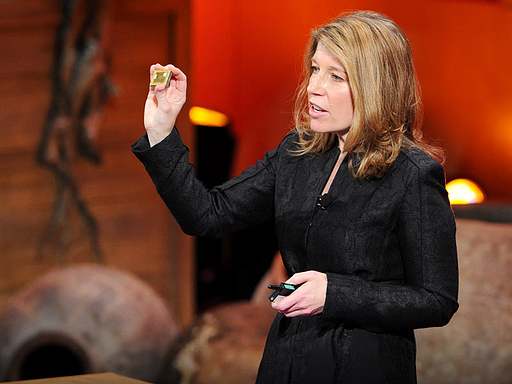
Deborah Rhodes
Why you should listen
For all of the lives it saves, mammography still cannot detect the early onset of breast cancer in as many as one of every four women ages 40 to 49. And women with dense breast tissue are four to six times more likely to develop cancer than others. Deborah Rhodes and her colleagues at the Mayo Clinic in Minnesota think they’ve found an effective way to screen these high-risk patients: molecular imaging.
Rhodes, who specializes in evaluating and managing breast cancer, is collaborating with a nuclear physicist and various radiologists on a dual-head “gamma camera” that can capture the tiny tumors in dense tissue. The new technique, which would complement (not replace) mammography, is sensitive enough to pick up a mass two-fifths of an inch in diameter. Molecular breast imaging requires patients to be injected with a radioactive drug, but it is much more comfortable than the vise-grip mammogram and is expected to cost only slightly more.
What others say
“MBI detects three times as many breast tumors as mammography in high-risk women. Although it would not replace mammograms, it might become an additional tool for screening, especially in higher risk women with a dense tissue that makes tumors hard to spot.” — CTV News, Sept. 4, 2008
